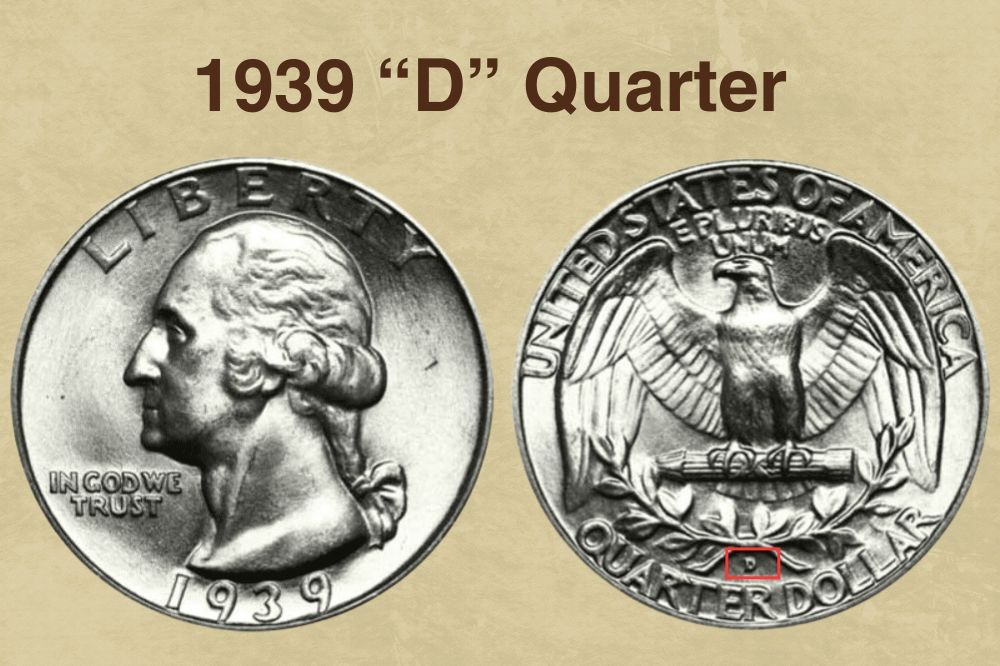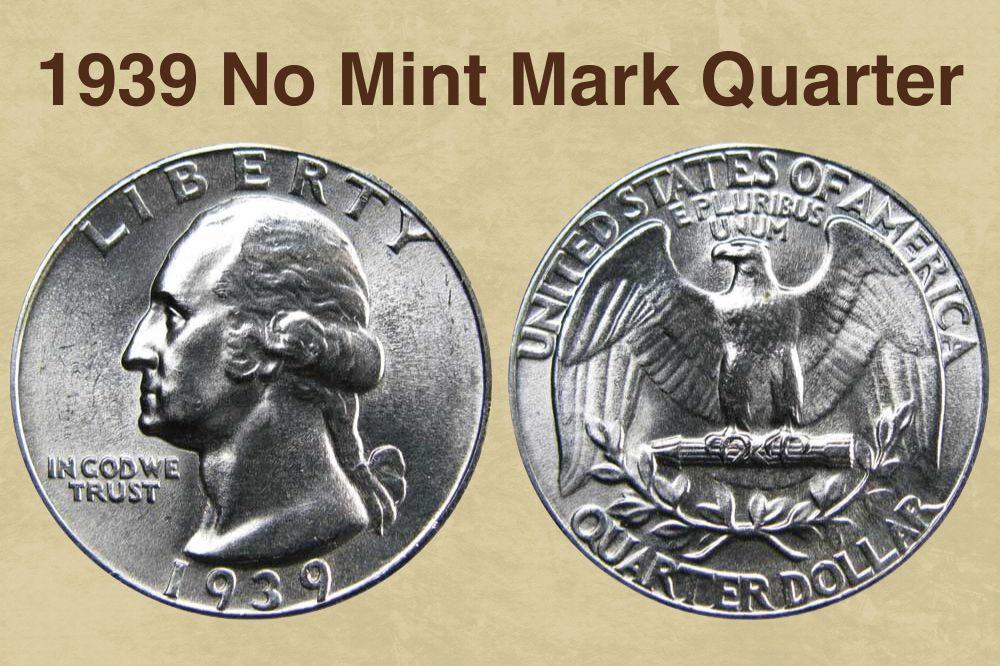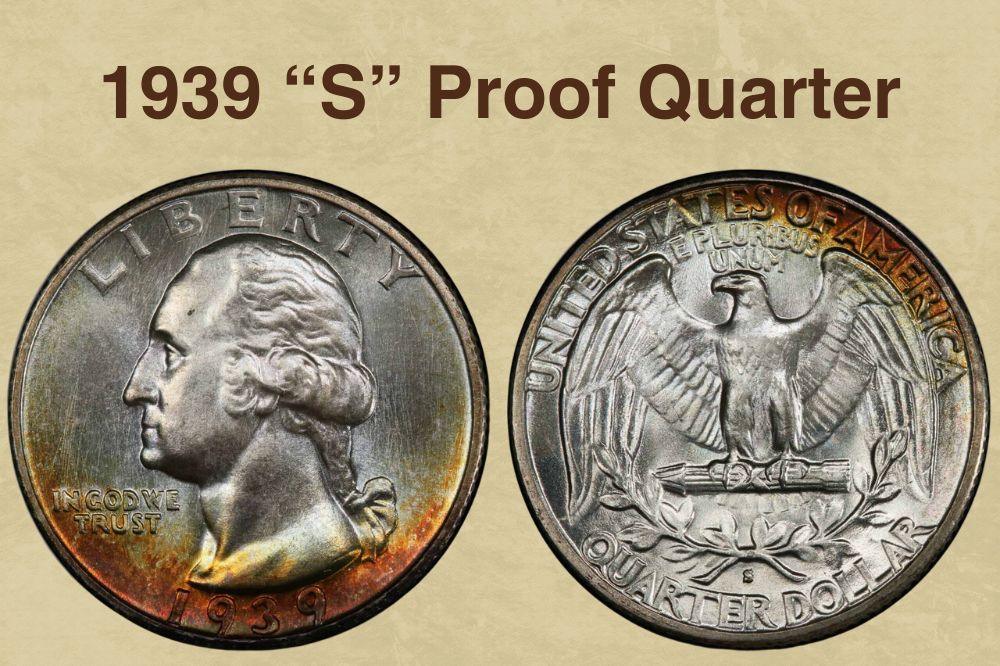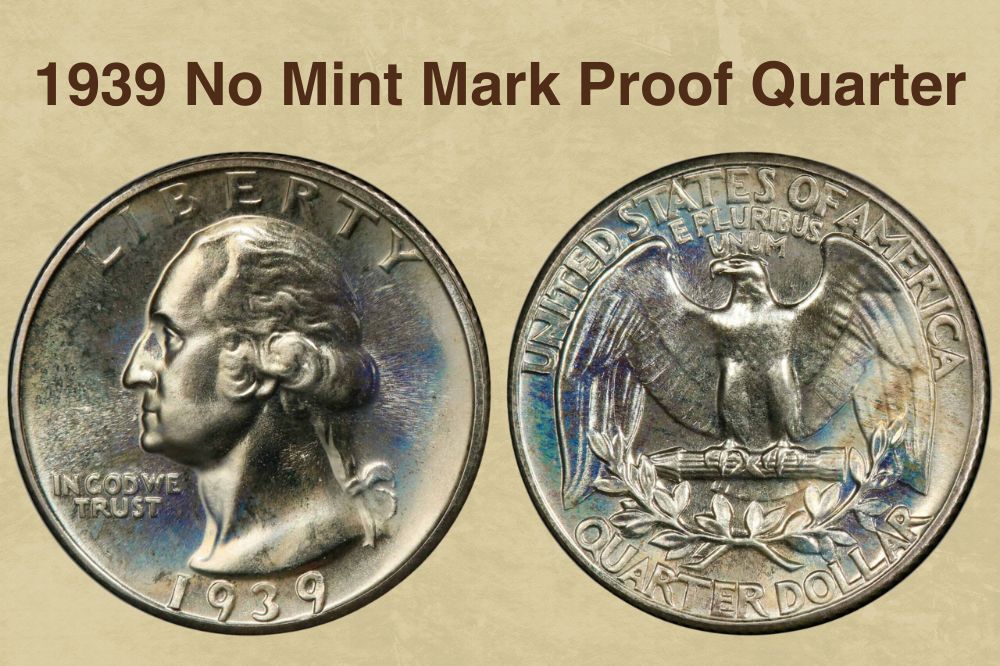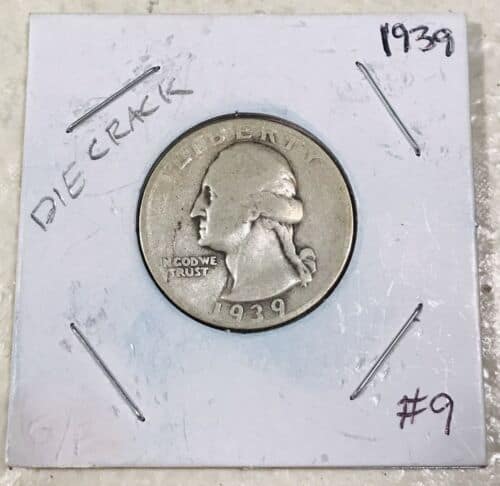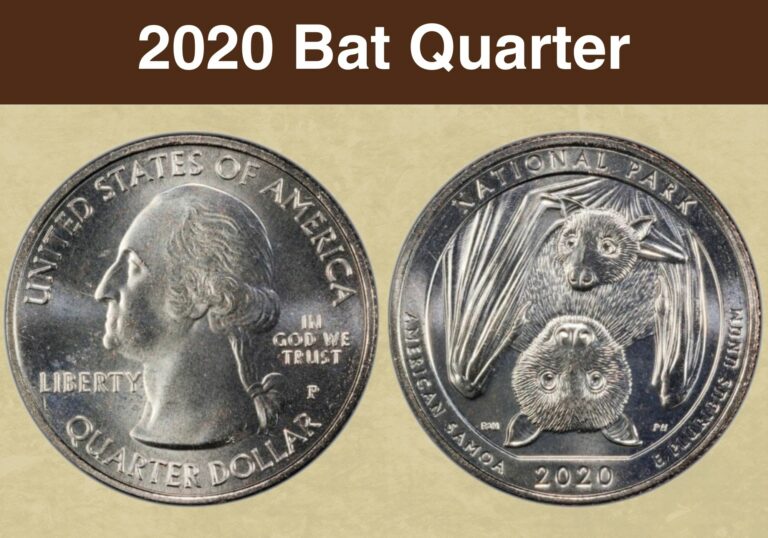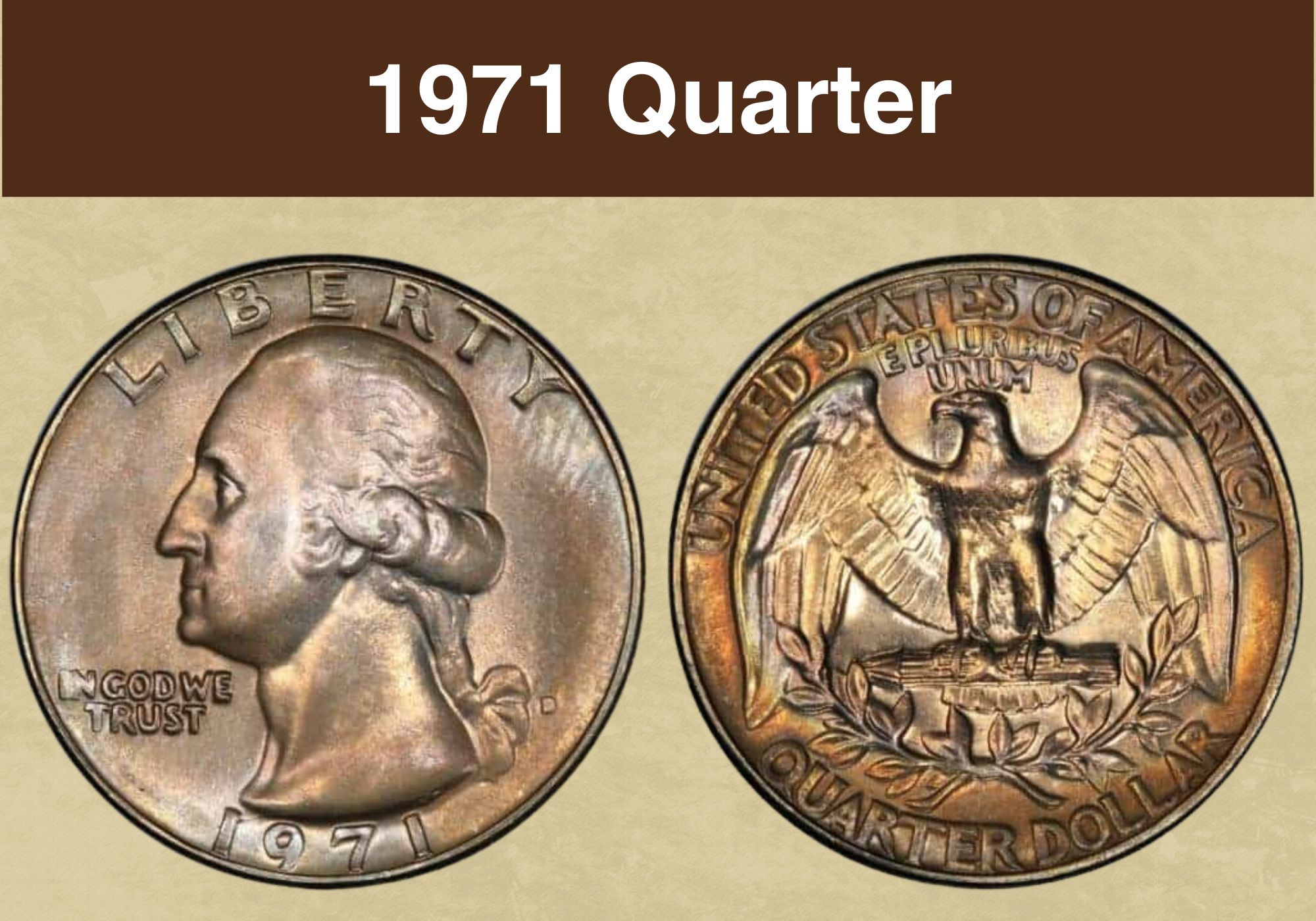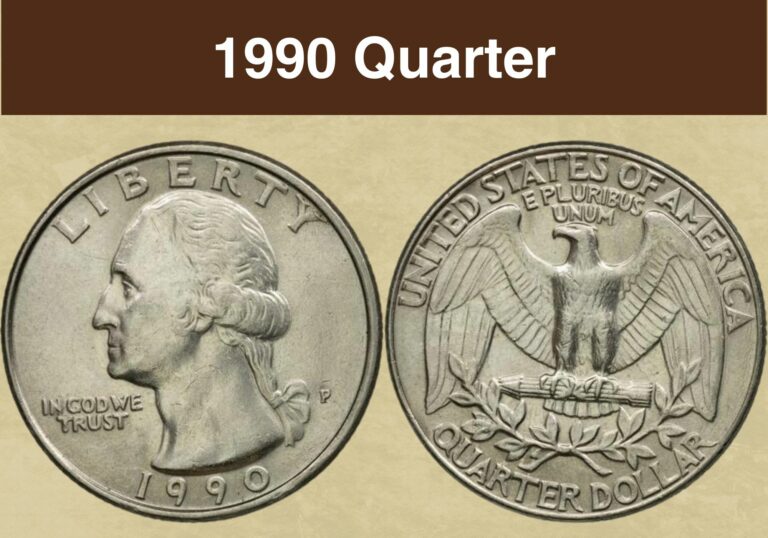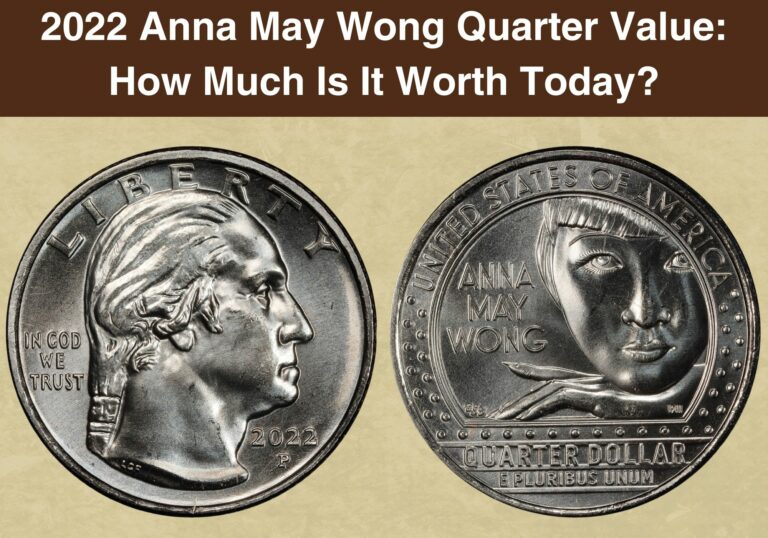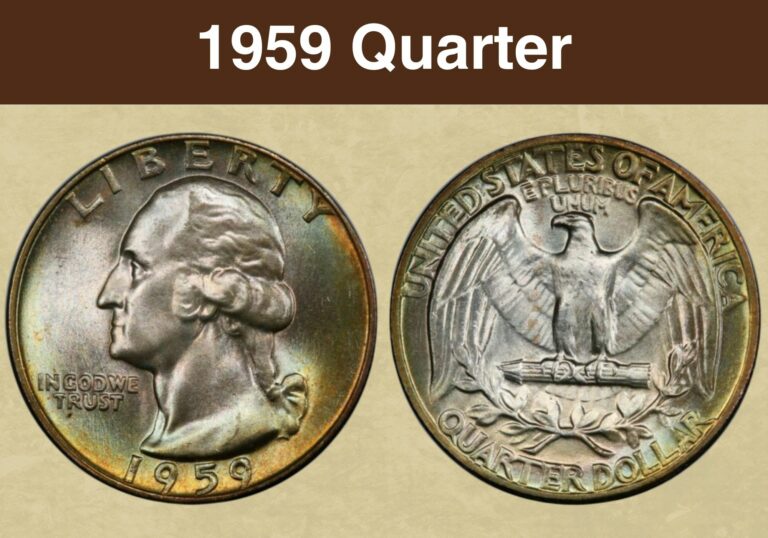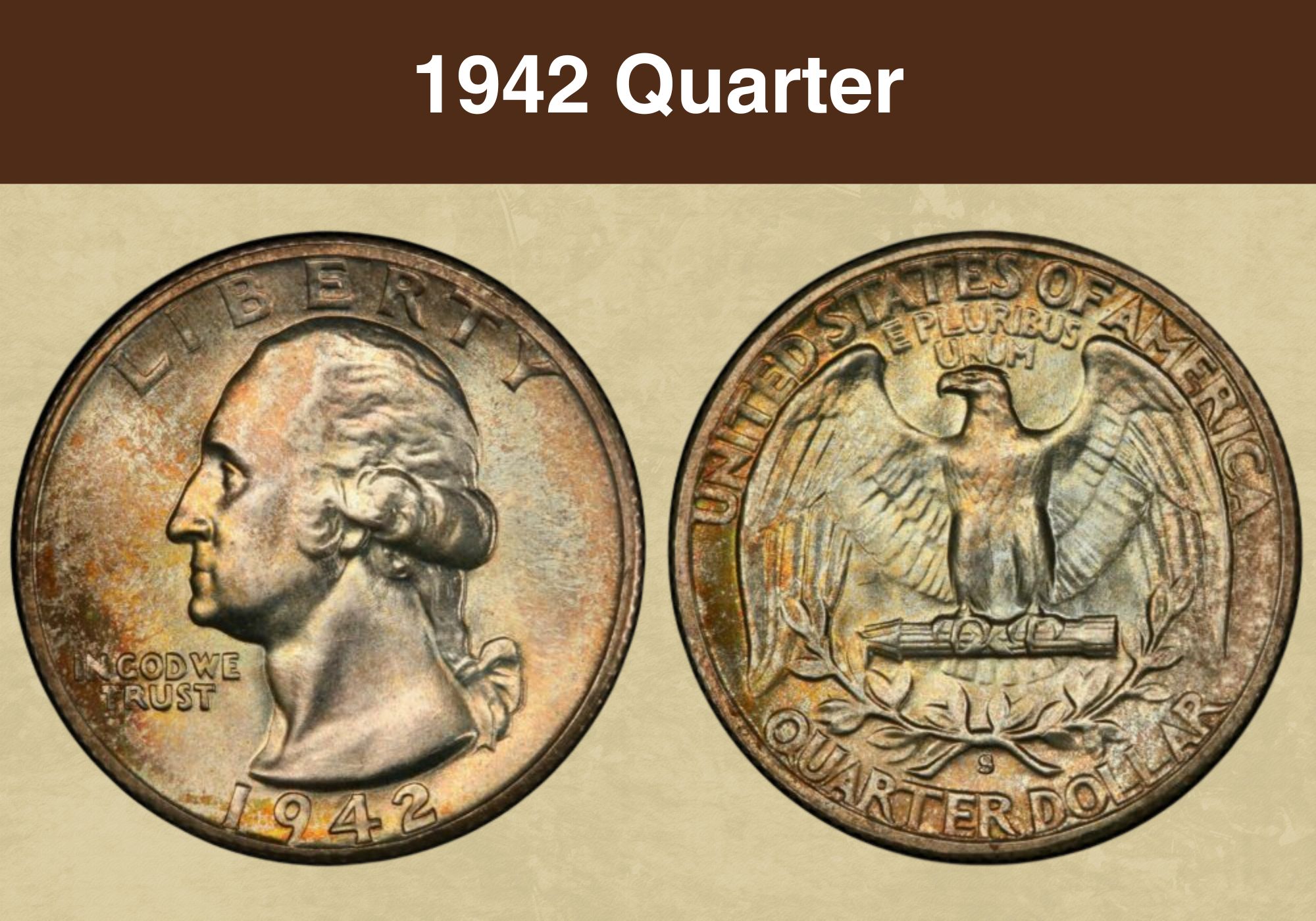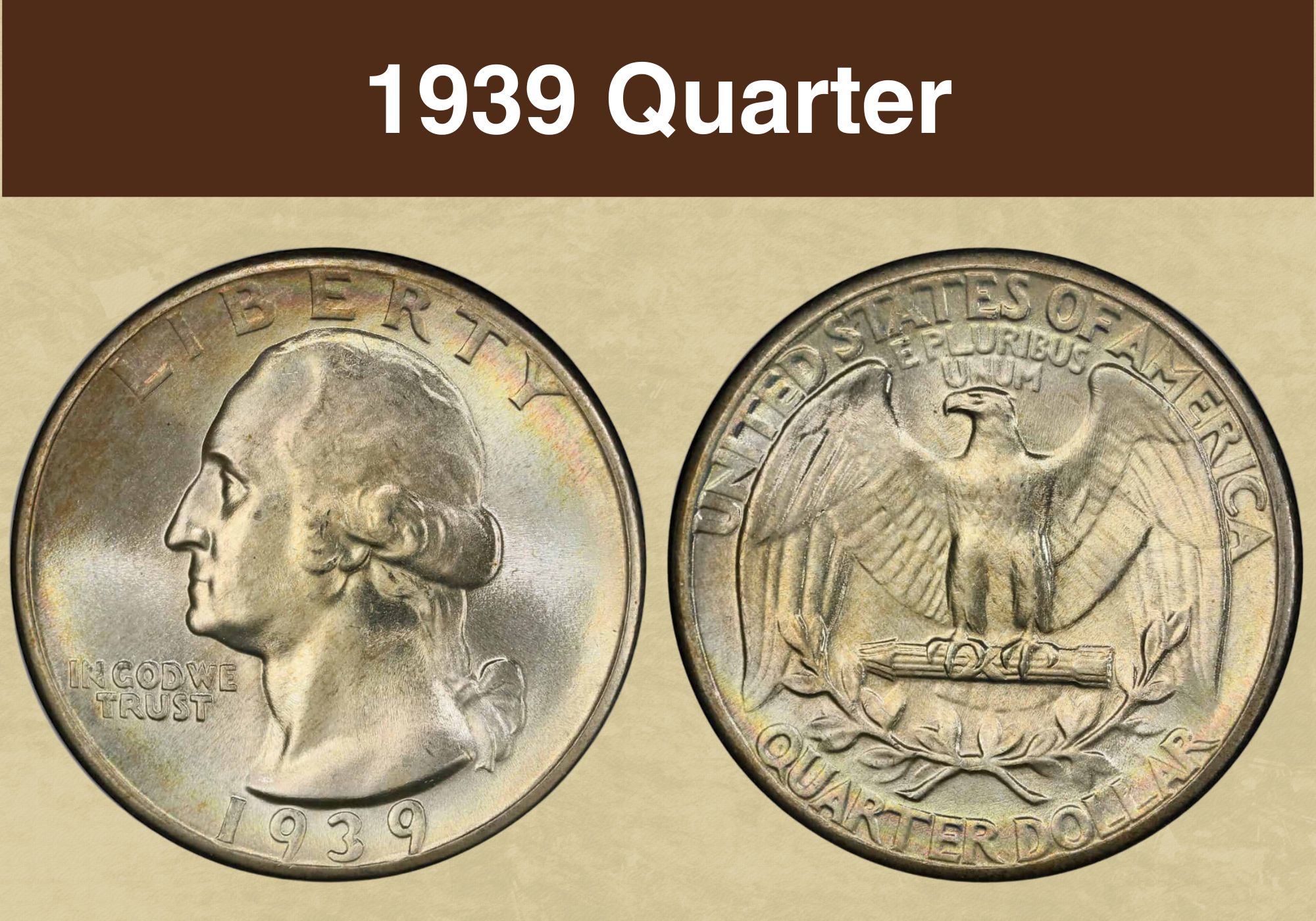
Coin Value Contents Table
The Washington Quarter is one of the most emblematic US coins to ever be minted. It has been in production from 1932 until 1998 and, while it has undergone some changes in that time, particularly in terms of its metal composition, the Washington Quarter has remained very consistent in its design.
So, if you find a 1939 quarter, you may be surprised at how much it looks like the Washington quarters in your pocket. You may also be surprised at how much more it costs compared to them, however. So, let’s go over the value of a 1939 quarter today, its variations, errors, and other important details.
1939 Quarter Value Chart |
||||
| Mint mark | Good | Fine | Extremely Fine | Uncirculated (MS 60) |
| 1939 “D” Quarter Value | $9.64 | $9.64 | $16 | $49 |
| 1939 No Mint Mark Quarter Value | $9.64 | $9.64 | $11.04 | $20 |
| 1939 “S” Proof Quarter Value | $9.64 | $13 | $34 | $112 |
| 1939 No Mint Mark Proof Quarter Value | n/a | n/a | n/a | $90 |
As you can see, 1939 Washington quarters of all varieties cost way more than their face value today. A big part of that is the fact that they were made of a silver alloy with 0.9 purity, i.e. of 90% silver. That’s why no 1939 quarter is worth less than $4.26 today (or, at the time of writing this) – that’s the melting value of this amount of 90%-pure silver.
That alone doesn’t explain the much higher prices we can see for all types of 1939 quarters above the “Good” quality grade. Coins rated as “Fine” or higher will almost always cost in the dozens to hundreds of dollars, with many going in the thousands or even tens of thousands if their quality is truly exceptional.
As with other coins, the way the quality of 1939 quarters is measured via 1-to-70 grading scales such as the Sheldon coin grading scale. In such grading scales, the “Good” grade really mostly refers to coins that are only moderately deteriorated by wear and tear – it’s the “Fine”, “Extremely Fine”, and “Uncirculated” grades that collectors are really looking for.
What you may also notice from the chart above, however, is the pretty significant difference between the four main variants of 1939 quarters. So, let’s break them down one by one below.
Also read: Top 13 Most Valuable State Quarters Worth Money
1939 Quarter Grading
Grading 1939 quarters is similar to grading any other coin – it all comes down to quality and rarity. If the coin you’re looking at is of high enough quality and if there aren’t many others like it, you can very well expect it to be valuable.
That rarity can be difficult to guess at first, however, as it depends on many factors – mintage, how many other uncirculated coins of that mintage there are, the presence of certain manufacturing errors, and more.
| # | Grade |
|---|---|
| 1 | Basal State-1 |
| 2 | Fair |
| 3 | Very Fair |
| 4, 5, 6 | Good |
| 7, 8, 10 | Very Good |
| 12, 15 | Fine |
| 20, 30 | Very Fine |
| 40 | Extremely Fine |
| 50 | About Uncirculated |
| 60 | Mint State |
| 65 | Mint State |
| 70 | Mint State |
Please check our grading guides to know your coin scale, It’s the necessary step to know the exact value of your coin.
Check out now: How to Grade Washington Quarter?
1939 “D” Quarter Value
First, let’s take a look at the Denver-made variant of the 1939 quarter coin. The Denver Mint produced 7,092,000 of these coins in 1939 – a relatively small number by today’s standards but about on par with the Mint’s annual quarter coin averages at the time.
You’d think this low number makes the Denver-made 1939 quarter more valuable, but it’s actually the least valuable of the four quarter variants. Why is that?
For starters, the “D” quarter doesn’t really stand out in any particular way from the rest. The design of this quarter is exactly what you’d expect it to be – it’s made of 0.9 purity silver, it weighs 6.25 grams, it’s 24.3 mm in diameter, and it has reeded edges. Both the obverse and the reverse have the traditional John Flanagan designs too.
The obverse features the left-facing portrait of George Washington with the motto “In God we trust” to the right and just below his chin. The word “Liberty” is written in large letters above his head and the date – 1939 in this case – directly below him. Overall, the obverse is simple, clean, and elegant but it also gathers wear and tear rather easily.
The reverse side is much busier in its design. Front and center is the coin’s signature eagle with its wings spread out wide. The bird is perched on a bunch of arrows with two olive branches just below them. Right under the center of the two olive branches is a tiny “D” mint mark and further below, at the bottom of the coin, is written the coin’s denomination of “Quarter Dollar”.
Just above the eagle’s head is the motto “E Pluribus Unum” or “From many, one”. Above that and along the top edge of the coin is written “United States of America”.
Of course, the fact that the Denver-made quarter’s design isn’t unique in a particular way isn’t enough to explain its lower average value – after all, almost all Washington Quarters from 1932 to 1998 share that same design including the other 1939 coins.
From what we can tell, the 1939 “D” quarter is undervalued mostly due to happenstance – there are coins of this mintage that are of great visual quality and there are coins with certain rare manufacturing errors, but the combinations of these two factors just don’t match up as often and as effectively as they do for other coins.
Still, this doesn’t mean that there aren’t some really highly valued and expensive 1939 “D” quarters. For example, an MS 68 (mint state quality) 1939 “D” quarter was sold at a Stack’s Bowers auction in 2022 for $14,400 with some very intense bidding taking place. So, when the right combination of factors is in place, a Denver-made 1939 quarter can be impressively valuable too.
1939 No Mint Mark Quarter Value
The largest mintage of Washington quarters in 1939 was produced by the Philadelphia Mint – 33,540,000 coins in total. The Philly Mint was known for making more quarters than the other two mints combined in those days, so, that wasn’t all that surprising.
Still, 33.5 million coins, while a lot for back then, isn’t that huge of a number by today’s standards. In other words, Philly-made 1939 quarters aren’t so numerous as to be undervalued. In fact, the opposite is true in certain cases – while 1939 “D” quarters of “Good”, “Fine”, and “Extremely Fine” quality grades are more valuable than their more numerous Philly counterparts, that stops being the case for “Uncirculated” coins
The reason for that is simple – quarters of such perfectly-preserved uncirculated quality are so rare from either Mint, that the presence of more “ordinary” Philly quarters in circulation doesn’t matter – there is more or less the same number of rare “uncirculated” coins from either Mint.
As for the other big question people often have about quarters and other coins made in Philadelphia – why don’t they have a mint mark – the reason for that is much simpler than you might think. It isn’t a question of any manufacturing error of something of the sort – the Philadelphia Mint just didn’t use to put mint marks on any of its coins for as long as the 1980s. In essence, the lack of a mint mark was the Philly mint mark.
So, while it may seem like something that makes Philly coins more “unique”, that tidbit is rather irrelevant to the coins’ value. As for the rest of the no-mint-mark 1939 quarter, that too is identical to its Denver-made counterpart. Yet, Philly-made 1939 quarters just continue to be higher-valued on average.
Another peculiar note here is that, while the averages for no-mint-mark quarters are higher, unlike the $14,400 “D” quarter sold in 2022, there aren’t any of these coins sold for 5 digits as of the time of writing this. The most expensive sale of a 1939 no-mint-mark quarter was for $5,052 in 2019 at the Legend Rare Coin Auctions.
Other prominent examples include a $3,360 quarter sold in 2021 and a $2,880 quarter sold in 2022. Yet, while neither of those is close to the famous $14,400, they still contribute to a higher average for Philly-made 1939 quarters compared to Denver-made coins.
1939 “S” Proof Quarter Value
The third variant of the 1939 quarter is the San Francisco Mint’s version with its “S” mint mark. There were only 2,628,000 of these coins made in 1939, significantly fewer than those made from the other mints. These “S” coins are often called “proof coins” but this isn’t the case, at least not here.
While it is true that the San Francisco Mint is known for usually focusing on proof coins exclusively, and while a mintage of just two million is typically indicative of a proof coin, the 1939 “S” quarter wasn’t made with proof minting dies. Instead, it is the same as 1939 quarters made in Denver or Philadelphia, it just includes an “S” under the two olive branches on the reverse side and it was minted in a lower quantity.
The fact that 1939 “S” quarters are regular strikes (i.e., not proof coins) doesn’t mean they aren’t valuable, however – on the contrary. Thanks to their very low quantity and impressively high quality, 1939 “S” quarters are significantly more valuable than their “D” and no-mint-mark counterparts on average.
Virtually every quality grade of the 1939 “S” quarter – from “Good” through “Fine” and “Extremely Fine” to “Uncirculated” – is much more highly valued than “D” or no-mint-mark 1939 quarters. Many of these coins sell for over $2,000 past the MS 67 grade and even over $10,000.
1939 No Mint Mark Proof Quarter Value
The actual 1939 proof quarter was made by the Philadelphia Mint that year which is why it’s also often referred to as the 1939 “P” proof quarter. Of course, this coin doesn’t actually have a “P” mint mark, just like its regular strike Philly-made counterpart. What’s more, there were only 8,795 of these coins made in 1939 which makes them impressively rare today.
As proof coins, these quarters are made with entirely different minting dies that have been dipped in acid and then half-polished for the best possible result. The goal of this process is to make sure that proof coins have much better visual qualities than regular strike coins. That’s because they are typically used for display purposes, as proofs against fakes, and as collectible items.
Naturally, the value of these 1939 proof quarters is quite high today as many collectors gladly spend thousands for a single 1939 proof quarter.
You may notice, however, that the average value of these proofs is more or less the same as that of 1939 “S” regular strike coins of uncirculated quality. That’s because, while there were millions of 1939 “S” quarters minted, the uncirculated ones are about as rare as the 1939 proof quarters.
Also read: Top 16 Most Valuable Modern Quarters Worth Money
Rare 1939 Quarter Error List
Speaking of 1939 quarter errors, here’s a quick list of the most prominent ones. For some visual examples, here’s an interesting video too.
1939 Quarter Double Die Error
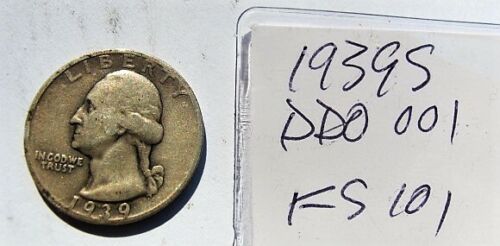
The double die error is well-known and it appears in 1939 quarters too – it’s what happens when the coin’s planchet has shifted slightly between the minting die’s two strikes, resulting in a funny-looking but highly-valued blurriness on the design.
1939 Quarter Minted on the Wrong Planchet Error
Sometimes, the wrong coin’s metal planchet ends up on the minting line and gets minted by a die it wasn’t meant for. When that happens, the coin’s design looks either too small or too big for the coin it’s on, depending on the particular planchet.
1939 Quarter Die Crack Error
When a minting die gets overused, it often starts to crack. If it isn’t changed soon enough, those cracks can start to appear on the coins minted with this die.
Also read: 17 Most Valuable Quarter Errors Worth Money
Where to Sell Your 1939 quarter ?
Now that you know the value of your coins, do you know where to sell those coins online easily? Don’t worry, I’ve compiled a list of these sites, including their introduction, pros, and cons.
Check out now: Best Places To Sell Coins Online (Pros & Cons)
1939 Quarter FAQ
Is a 1939 quarter pure silver?
1939 quarters were made of a silver alloy that had a 0.9 purity. This means that 90% of the coins were made of silver and the other 10% were copper.
Is a quarter from 1939 worth anything?
It almost always is – if the quarter has been kept in its uncirculated mint state it may very well be worth thousands of dollars. In fact, even if the quarter is in a bad condition, it will still be worth at least $4 or $5 because it’s made of silver and that’s the melting value of 6.25 grams of near-pure silver.

